Exhaust Vents - I Can't Be The Only One....
10 years ago
Related Stories

KITCHEN DESIGNTrending Now: 25 Kitchen Photos Houzzers Can’t Get Enough Of
Use the kitchens that have been added to the most ideabooks in the last few months to inspire your dream project
Full Story
FARM YOUR YARDIf You Have Room for Only One Fruit Tree ...
Juice up a small garden with one of these easier-care or worth-the-effort fruit trees for a mild climate
Full Story
FARM YOUR YARDIf You Have Room for Only One Summer Crop ...
Get an edible that’s long on flavor even if you’re short on space, with a long-time gardener’s favorite picks
Full Story
WALL TREATMENTSCan't Find the Right Wallpaper? Make Your Own
For one-of-a-kind walls, just use your imagination. Custom wallpaper is easier and less expensive than you might expect
Full Story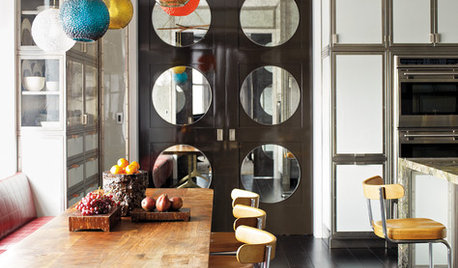
KITCHEN DESIGNTrend Alert: Swinging Doors Can't Miss for Convenience
Create accessibility and elegance in one fell swoop with a swinging door modernized for today's homes
Full Story
HOUSEPLANTS8 Houseplants You Can't Kill
They're forgiving and let you forget. Houseplants don't get any easier than this
Full Story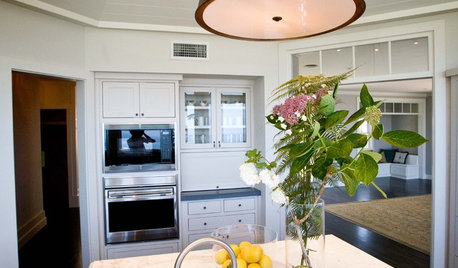
DECORATING GUIDESSee How One Feature Can Make a Room Captivating
A wow piece is essential for interiors with impact. These ideas help you make a statement in the strongest way possible
Full Story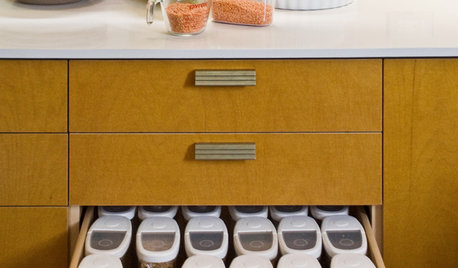
KITCHEN DESIGN6 Clever Kitchen Storage Ideas Anyone Can Use
No pantry, small kitchen, cabinet shortage ... whatever your storage or organizing dilemma, one of these ideas can help
Full Story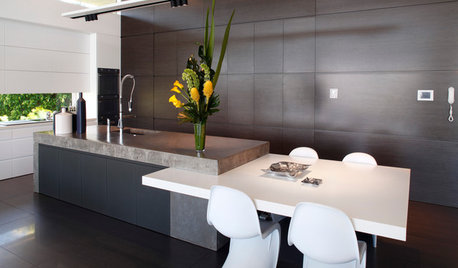
KITCHEN COUNTERTOPSWhen One Countertop Material Isn’t Enough
Combining counter materials in the kitchen can create a dramatic look, improve function and stretch the budget
Full Story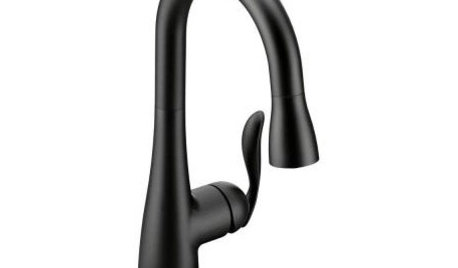
PRODUCT PICKSGuest Picks: 19 Kitchen Upgrades for When You Can't Afford an Overhaul
Modernize an outdated kitchen with these accents and accessories until you get the renovation of your dreams
Full Story





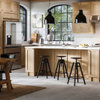
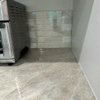
feisty68
debrak2008
Related Professionals
Carson Kitchen & Bathroom Designers · Four Corners Kitchen & Bathroom Designers · Centerville Kitchen & Bathroom Remodelers · Garden Grove Kitchen & Bathroom Remodelers · Lyons Kitchen & Bathroom Remodelers · Overland Park Kitchen & Bathroom Remodelers · Portage Kitchen & Bathroom Remodelers · Prairie Village Kitchen & Bathroom Remodelers · Casas Adobes Cabinets & Cabinetry · Bon Air Cabinets & Cabinetry · Key Biscayne Cabinets & Cabinetry · Plymouth Cabinets & Cabinetry · Des Moines Tile and Stone Contractors · Edwards Tile and Stone Contractors · Pacific Grove Design-Build Firmscambriahouse
UserOriginal Author
feisty68
User
UserOriginal Author
ajc71
Fori
fouramblues
andreak100
northcarolina